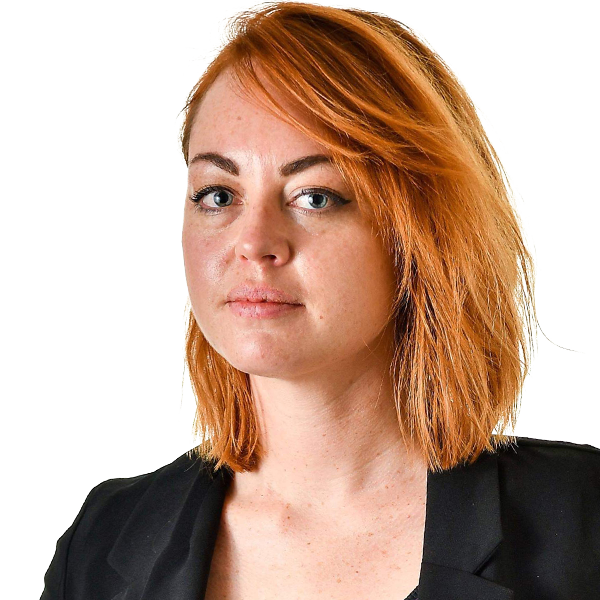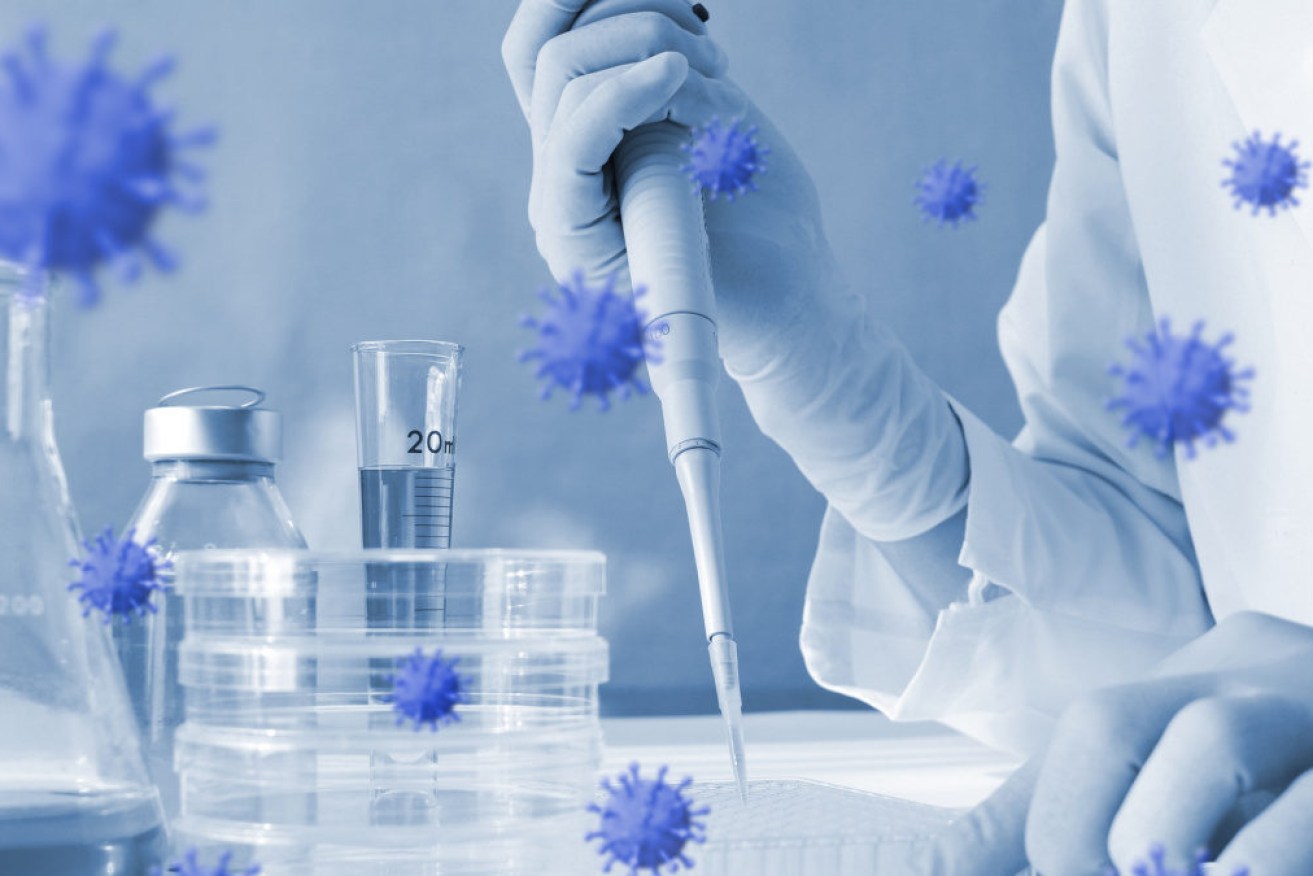Coronavirus vaccines: A form guide for the frontrunners


The first vaccines could potentially erode public confidence if they are not properly tested, a report has warned. Photo: Getty
As if we haven’t had enough good news this week, Australia woke on Tuesday to news a coronavirus vaccine has been found (hesitantly) to be 90 per cent effective.
Pfizer’s experimental COVID-19 vaccine is one of four that Australia is involved with, Prime Minister Scott Morrison confirmed on Tuesday.
Health experts praised the news as hopeful and exciting, but warned that doesn’t mean we’re clear of this thing just yet.
“Pfizer has announced that they will be able to produce up to 1.3 billion doses by the end of 2021, which would be sufficient to vaccinate 650 million people,” said infectious diseases epidemiologist Associate Professor Linda Selvey, from University of Queensland.
(The dose number versus vaccination number works on the basis each person will need two doses to be treated properly, the same for all vaccinations in the works.)
"Pfizer and BioNTech said the case split between vaccinated individuals and those who received a placebo indicated a vaccine efficacy rate of above 90% at seven days after the second dose."
— Matthew Lesh (@matthewlesh) November 9, 2020
“This points to the importance of having several vaccines available, in order to ensure that everyone around the world will be protected,” Professor Selvey added.
Federal Health Minister Greg Hunt said earlier this week that vaccinations could begin as early as March, depending on what is approved and when.
You might have heard a lot of vaccine news in the past few weeks – and because there are so many on the go, it can get a touch confusing.
Here’s a rundown on each of the four Australia has on order.
AstraZeneca
Also known as the University of Oxford vaccine, this one is where many hopes lay.
It has been tested on young and old people, and considering the elderly are most at risk of developing serious cases of COVID-19, it has been encouraging to see no adverse side effects develop from the vaccine in this age group.
It’s at stage three testing, and we can expect new details from its progress to be published in a clinical journal any day now.
The UK health department hopes it’ll be ready to rollout in the first half of next year.
If successful, and if it’s approved by Australia’s Therapeutic Goods Administration, 3.8 million doses will be delivered to Australia in early 2021
Australia’s CSL will then manufacture 30 million doses through to September.
Mr Morrison last week said manufacturing is due to begin this week despite it not being ready to rollout.
CSL – University of Queensland
As well as producing the AstraZeneca vaccine, Victoria-based CSL has entered into a partnership with the University of Queensland to produce a vaccine it is developing.
This vaccine began its first phase of testing in July, on 120 subjects in Brisbane. Phase two is expected to begin before the end of the year.
If it’s successful, 51 million doses will be available in Australia about mid-2021.
Novavax
Novavax is being developed in Europe, and a company spokesperson told The New Daily recently that it hopes to start delivering some of Australia’s 40 million doses early next year.
“The vaccine regimen is expected to require two doses per individual, administered 21 days apart,” Novavax said.
Novavax is also at phase three in development, and has in the past used Australian volunteers in its testing.
Novavax is one of the two vaccines Mr Morrison locked in for Australia last week – the other being …
Pfizer
Whether the results of good science or just good PR, Pfizer is the name everyone is trying to pronounce this week, off the back of its 90 per cent announcement.
Australia has locked in 10 million doses of this US-Germany joint venture.
Given we know the most about it, it has a lot of questions still to answer.
One of the big ones is its storage limitations: It must be stored at minus 70 degrees, and can only be kept at 4 degrees for 24 hours.
This presents some hurdles when it comes to rolling out mass vaccinations.
It also comes in two doses, about three weeks apart.
If successful, it could start to be delivered to those most at risk, as early as March.








